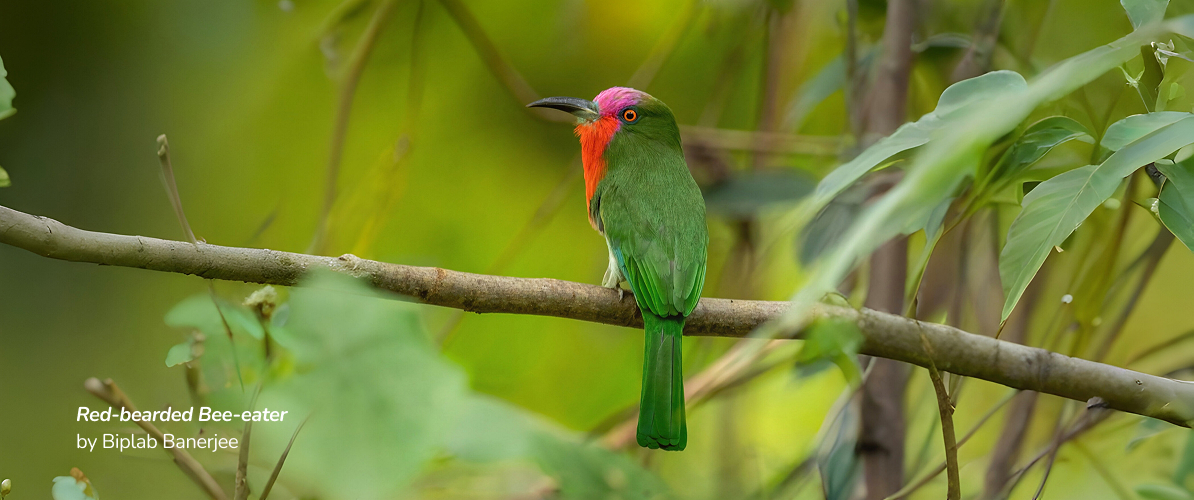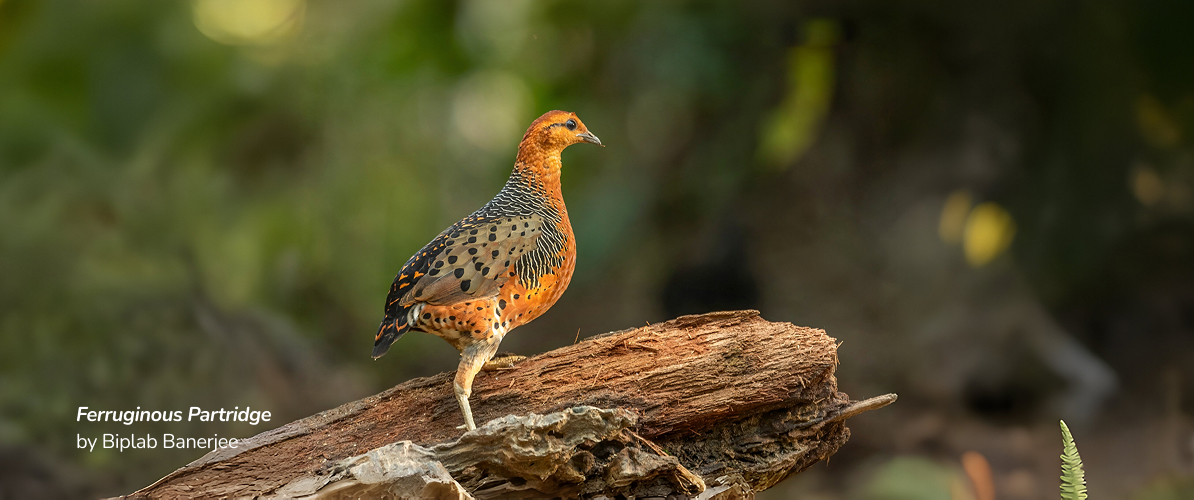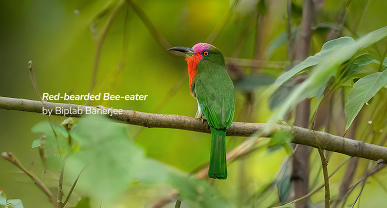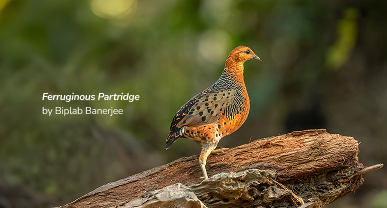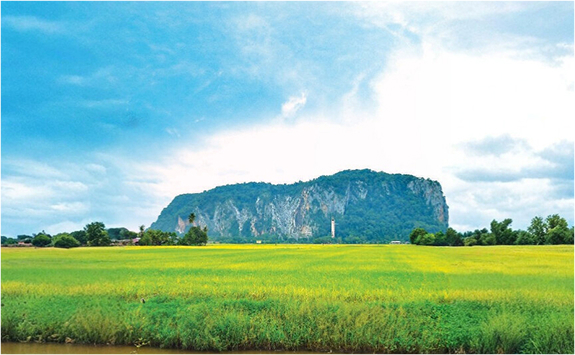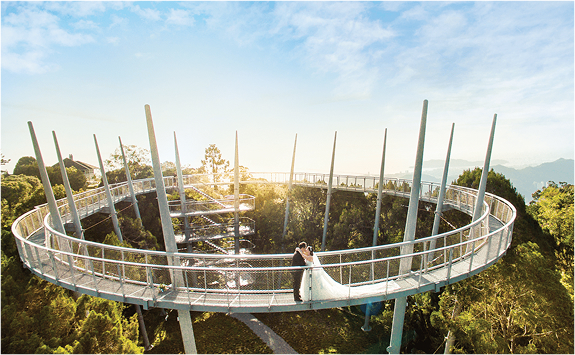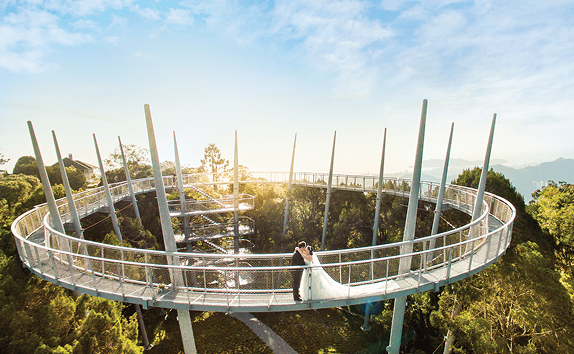PAHANG
Pahang
The state of Pahang which lies in the eastern board of Peninsular Malaysia is a state with remarkable resources in terms of natural landscapes and habitat.
Contact Info
- Department of Wildlife & National Parks Taman Negara – Kuala Tahan
- tnp@wildlife.gov.my
- Mutiara Taman Negara National Park Resort
- book.mtn@gmail.com
- Fraser’s Hill Development Corporation (Information Centre)
- www.pkbf.gov.my
- EVENT: Fraser’s Hill International Bird Race - March / June
- www.pkbf.gov.my
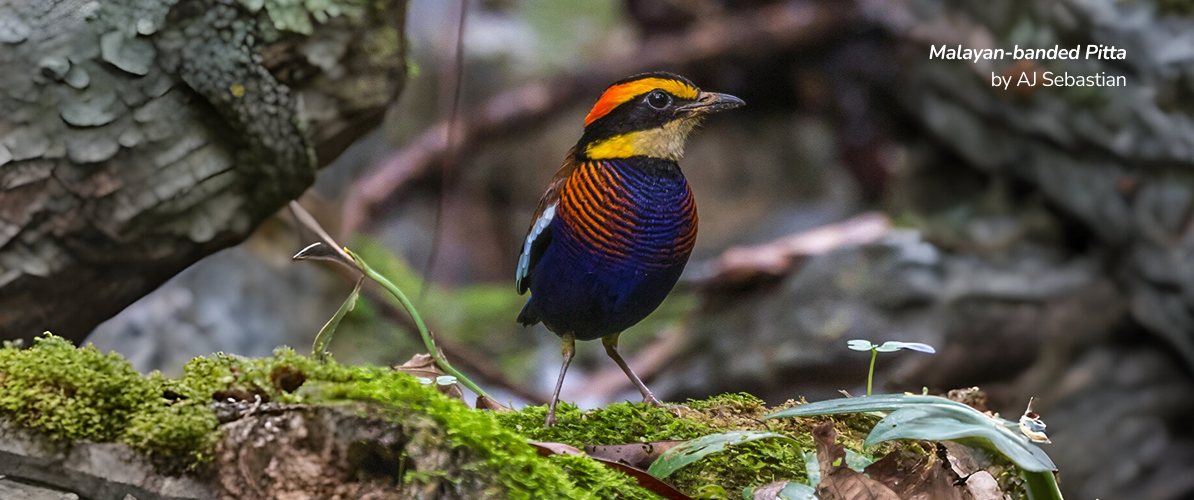
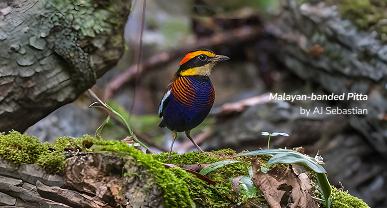
Taman Negara - Kuala Tahan
No. of species: > 380
Spread between the states of Pahang, Kelantan and Terengganu, the park covers an area of more than 4,343 square kilometres of primary rainforest. With more than 380 bird species recorded, the park arguably has the highest number of birds of any forested area in Peninsular Malaysia.
Habitats range from lowland to montane forests with most of the birds found in the lowland forest around the main birdwatching areas of Kuala Tahan and Kuala Terenggan. During the fruiting season, usually from May to August, many bird species can be found feeding on fig trees around the park headquarters. They include the Thick-billed Green- pigeon, Rhinoceros Hornbills, Blue-eared Barbet, Asian Fairy Bluebird, Blue-winged Leafbird, Green Broadbill and Yellow-vented Flowerpecker.
Explore designated forest trails throughout the undulating terrain of this lowland forest and you may find the pheasants foraging over the forest floor. There are 5 species of pheasants here which include Crested Fireback, Crestless Fireback, Malay Peacock-pheasant, Crested Argus and Great Argus. The months of June and July are ideal to search for the majestic Great Argus along the trail to Teresek Hill and Jenut Muda.
As you drift down the pristine Tahan River, you will be able to spot Stork-billed Kingfisher, Malay Blue-banded Kingfisher (Blue-banded Kingfisher), Blue-eared Kingfisher, Rufous-collared Kingfisher, Malay Blue-flycatcher (Malaysian Blue-Flycatcher), Black-and-red Broadbill, Dusky Broadbill or even the much sought after Masked Finfoot.
Taman Negara is a treasure trove for hornbills and 9 species can be found around the Kuala Tahan and Kuala Terenggan areas. Remember to spend some time at open areas and big fruiting trees.
Most areas around the park headquarters in Kuala Tahan are generally good for birdwatching especially when one of the many fig trees are in fruit. The trails to Tabing Hide, Canopy Walkway, Bukit Teresek and Kumbang Hide provide opportunities to search for rare gems such as Garnet Pitta, Malay Banded Pitta, Blue-winged Pitta, Chestnut-crowned Pitta (Hooded Pitta) along with the enigmatic Rail-babbler.
Getting to Taman Negara is easy. Options from taxis to daily bus transfers from Kuala Lumpur are easily available. You may take transfers straight to Kuala Tahan (the entry town to Taman Negara) or take a transfer to Kuala Tembeling to catch an adventurous three-hour long boat ride to Kuala Tahan.
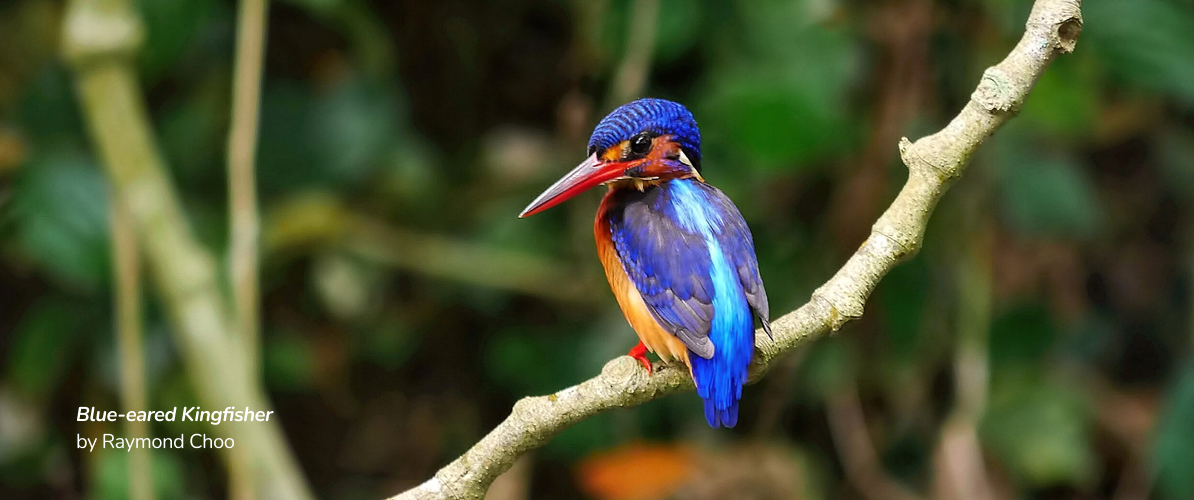
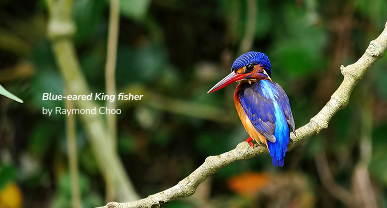
Fraser’s Hill
No. of species: > 250
This hill station is founded by British expatriates dating back to 1890s. It is blessed with cool weather and pristine forest areas. Located on the Main Range, Fraser’s Hill forms part of an IBAs (MY09). Every year, a bird race event is held here.
Birdwatchers compete with each other to locate, see and identify the greatest number of species within a period of time. Fraser’s Hill is definitely a well-known destination among birdwatchers around the globe. Apart from birds, this site is also famous for wildlife and rare plants in which attracts many researchers to visit the hill station.
Birdwatching starts at the base of Fraser’s Hill, at a height of about 700 metres asl near the now abandoned Gap Resthouse, to the summit of Fraser’s Hill, at about 1,524 metres asl. 2 roads linking the Gap area with the hill station allow more birdwatching opportunities. From roadside birding to the series of trails, Fraser’s Hill is famous for its bird waves or feeding flocks, sometimes numbering over 15 species in a single view. Walk at slow pace and enjoy the surrounding while looking out for your target birds in this pristine environment that supports more than 250 species of birds.
Some of the montane birds that you will encounter here are the Mountain Imperial-pigeon, Little Cuckoo-dove, Large Hawk-cuckoo, Red-headed Trogon, Longtailed Broadbill, Slaty-backed Forktail, Greychinned Minivet, Black-and-crimson Oriole, Blue Nuthatch, Common Green Magpie, Fire-tufted Barbet, Black-browed Barbet, Greater Yellownape, Lesser Yellownape. Black Laughingthrush, Chestnut-capped Laughingthrush and Malay Laughingthrush are also found here.
Interesting and strikingly colourful passerines include the Silver-eared Mesia as well as the rare Himalayan Cutia, Blyth’s Shrike-babbler and Black-eared Shrike- babbler. Resident flycatchers you may find here include the Rufous-browed Flycatcher, Little Pied Flycatcher, Verditer Flycatcher and Hill Blue-flycatcher.
Occasionally, the endemic and rare Malay Whistling-thrush can be seen at its usual stakeout. The near endemic species of Malay Partridge and Mountain Peacock- pheasant are not uncommon here, so be sure to spend time at the right spot in the forest trails and by the roadside. Many birdwatchers also jockey for a chance to record the resident Rusty-naped Pitta.
Most birds can be observed along the forested areas and car parks along the winding roads at Fraser’s Hill. Among the popular spots and trails are Bishop’s Trail, Hemmant Trail, Telekom Loop, Waterfall Road, the one-way up Gap-Fraser’s Hill Road and the one-way down Fraser’s HillGap road.
Access to Fraser’s Hill is either by rented car, which is a 2 hours drive from Kuala Lumpur or a KTM Komuter train from Kuala Lumpur to the town of Kuala Kubu Bharu. Taxis are available from Kuala Kubu Bharu to Fraser’s Hill.

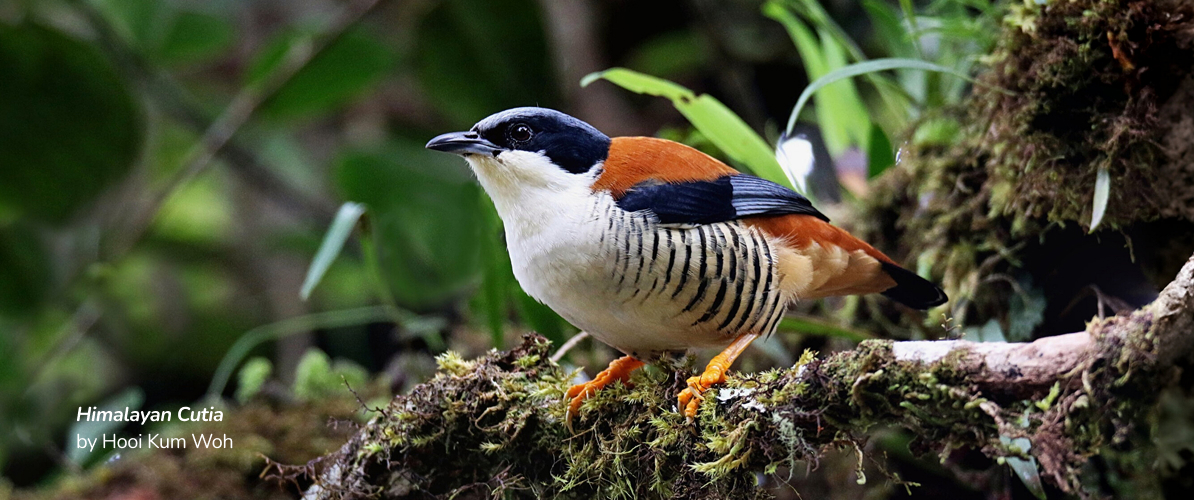
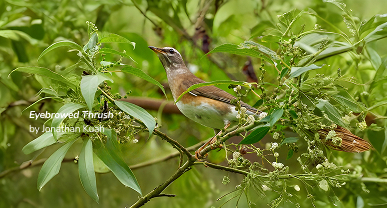
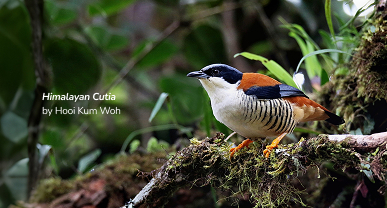
Cameron Highlands
No. of species: 260
In terms of birds, Cameron Highlands forms part of IBAS, MY10. Similar to Fraser’s Hill on its southwest but with the exception of higher altitude (and range-specific for upper montane birds), Cameron Highlands highest, Gunung Brinchang provides some additional species for your highland trip list.
Birders have a chance to record upper specialists such as the Malay Bullfinch, Himalayan Cutia, Golden-throated Barbet, Rufous-vented Niltava, Black Eagle, White- tailed Robin and more highlands species such as the Lesser Shortwing, Pygmy Cupwing, Yellow-billed Whistling-thrush (Blue Whistling-thrush), Red-headed Trogon plus many more as part of the total 260 species counted for this area to date.
2 near endemic birds are also recorded here, namely Mountain Peacock-pheasant and Malay Partridge with a few good birding spots and trails besides the road leading to the top of Gunung Brinchang, namely Parit Waterfalls and Robinson Waterfalls. As always, engaging a local guide is advisable when using these mossy forested trails.
There is also a very wide range of accommodation available to suit all budget range while access to this hill station is well developed
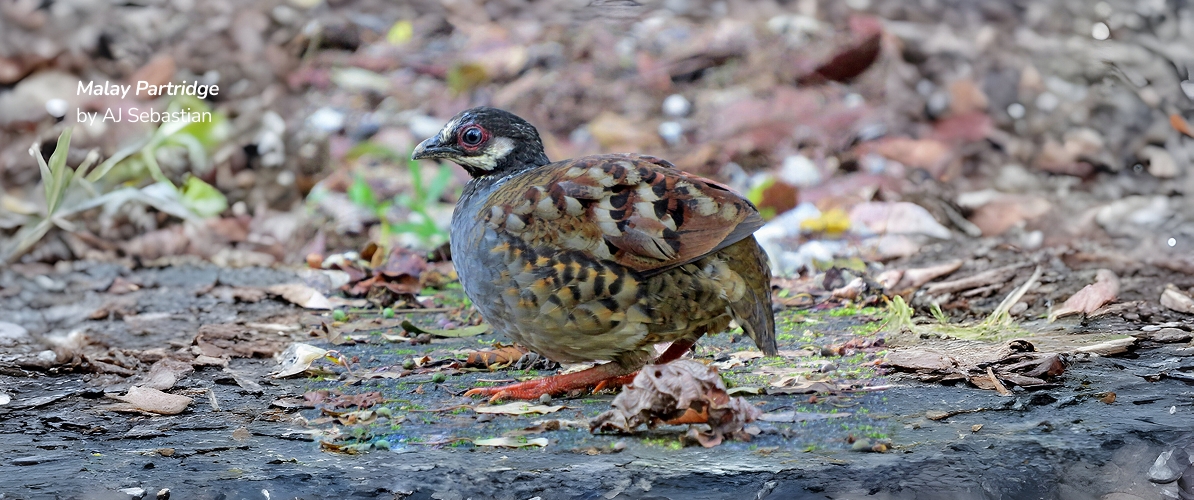
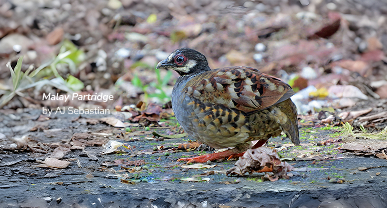
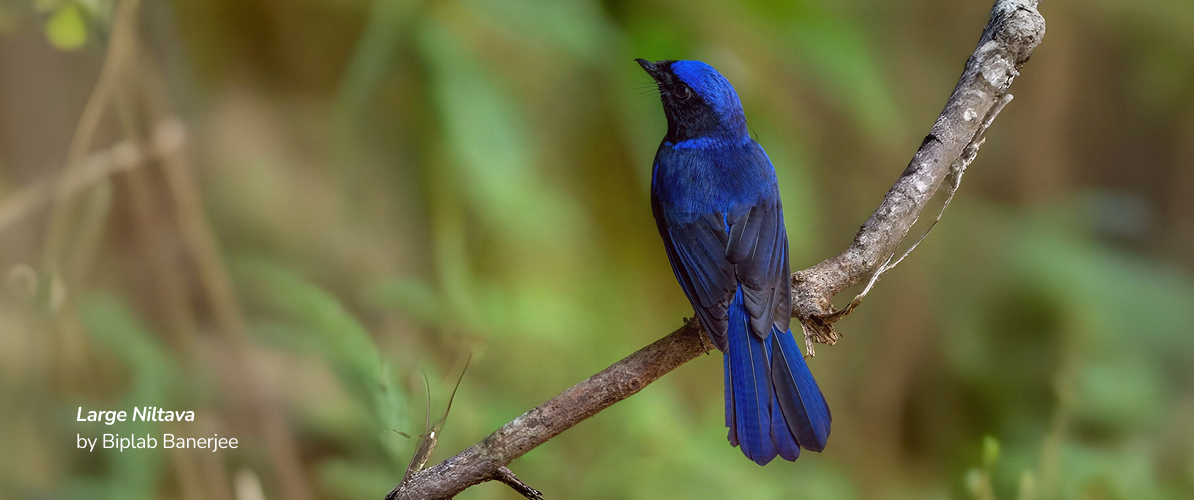
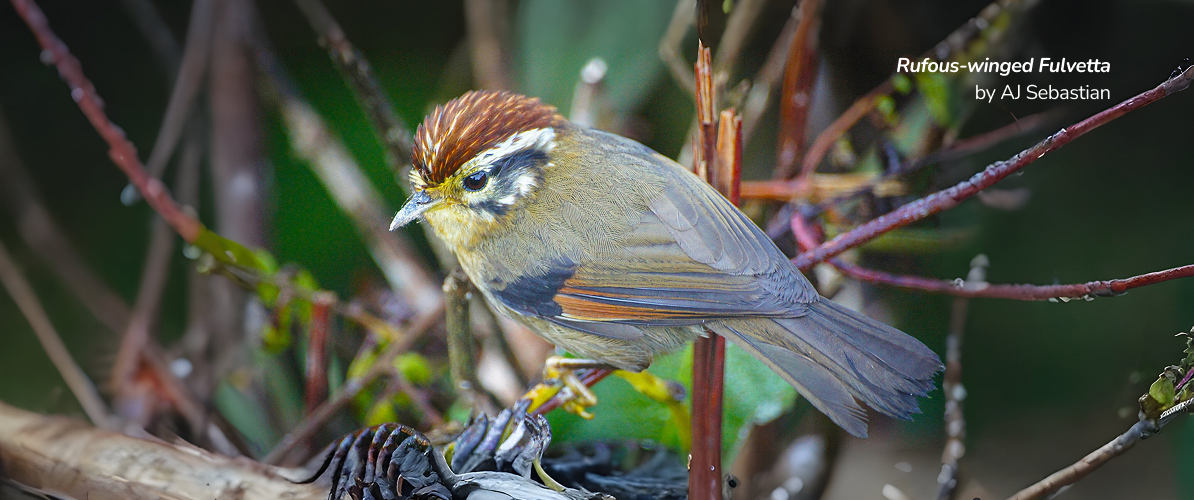
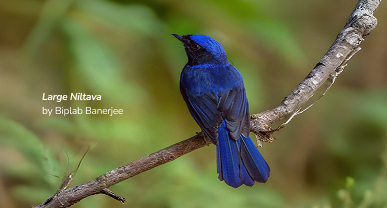
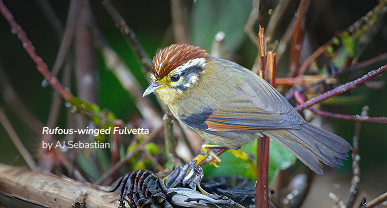
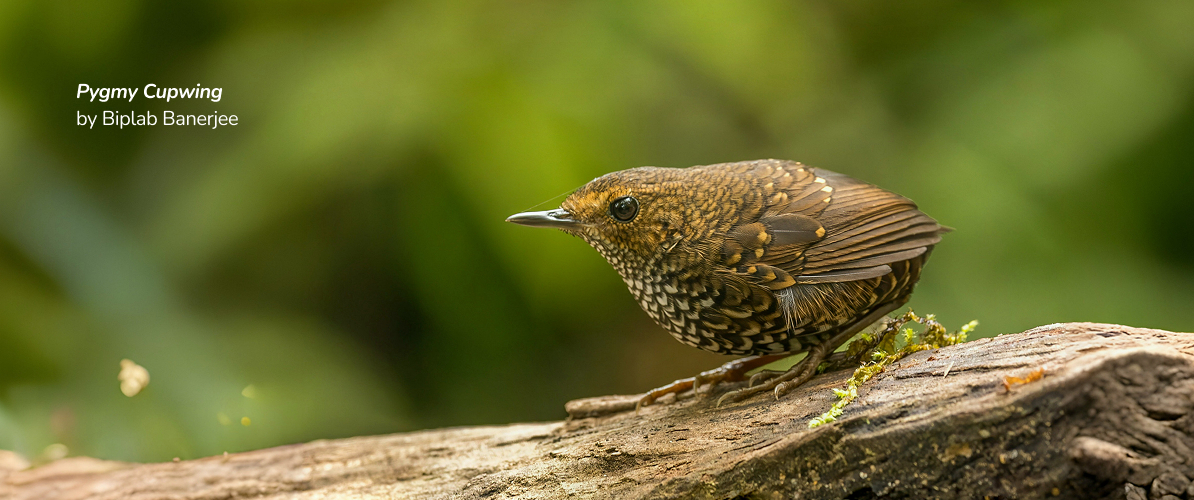
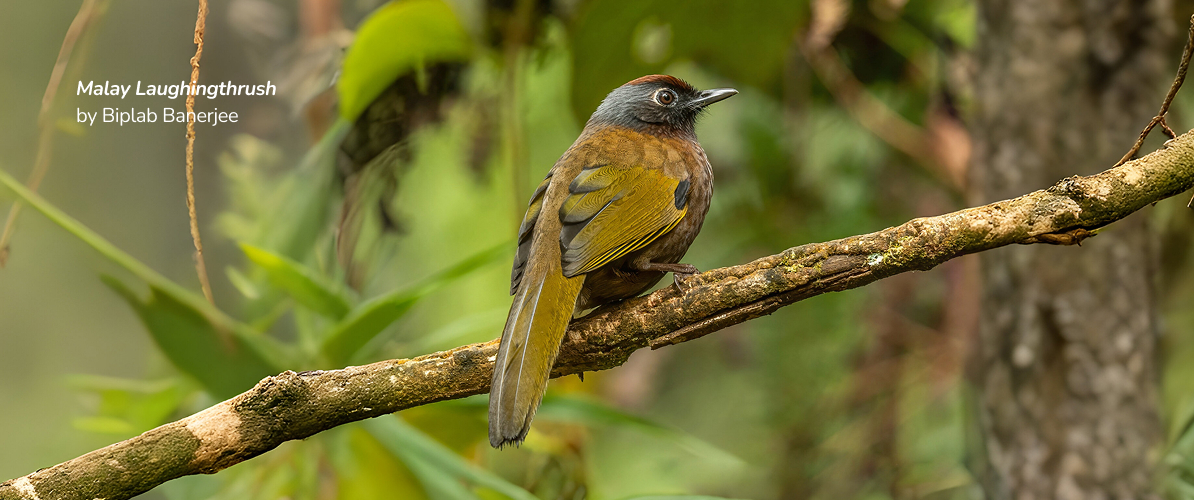
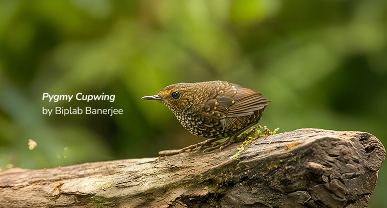
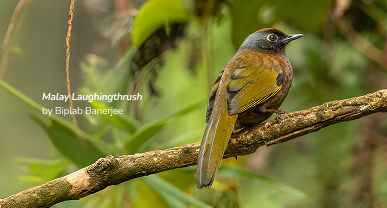
Awana Resort, Genting Highlands
No. of species: > 227
The resort hill of Genting Highlands and its sister facility, Awana Resort Genting Highlands, is located at 1,700 metres asl and 900 metres asl respectively. This hill is part IBAs, (MY10) and boasts not only of world-famous entertainment and casino facilities but is surrounded by relatively untouched sub montane and montane forest with over 227 species recorded to date.
Species such as the Himalayan Cutia, Sunda Mountain Warbler (Mountain Leaf Warbler), Rufous-winged Fulvetta, and Bar-throated Minla along with other gems such as the Marbled Wren-babbler, Pygmy Cupwing, Large Niltava, Little Pied Flycatcher, Silver-breasted Broadbill, Rhinceros Hornbill, Great Hornbill and Bushy-crested Hornbill are regular records here.
Awana Pump House road is generally a short downhill walk towards the gate. On the right side of the road, there are several openings where you will get a view of the hill on the other side of the valley. Spend some time upon reaching the gate for bird waves before walking back uphill towards the starting point. Orange-breasted Trogon and Red-bearded Bee-eater are found along this road so be sure to look out for them. At Ulu Kali, the weather can change very quickly and at times very misty and windy. However, this site is favoured by many local birdwatchers since it offers a different list of species compared to Awana Pump House road. Access to this site is restricted and visitors need to register and book to enter.
Bukit Tinggi
No. of species: > 300
This is the best place to find the near endemic Mountain Peacock-pheasant in Peninsular Malaysia. Bukit Tinggi is located about 1-hour drive from Kuala Lumpur, heading east, past Genting Highlands along the East-West highway, is another hill resort with a fairly impressive bird list. Bukit Tinggi consists of a scenic French- themed resort, a golf course, a Japanese Village and other attractions
With an elevation of just over 930 metres asl, this hill is surrounded by pristine highland & lower montane forests. It is fast becoming a popular spot for bird photographers. As this area is part of the main range of Peninsular Malaysia, it is also linked to IBAS MY10, with over 300 species to its name to date.
Special and regular species records such as Mountain Peacock-pheasant and Ferruginous Partridge make this site one of must-visit destinations for birders en route to Taman Negara or vice versa.
Other notable and regular records include the Orange-breasted Trogon, Streaked Spiderhunter, Silver-breasted Broadbill, Large Scimitar-babbler, Chestnut-capped Laughingthrush, Sultan Tit, Red-bearded Bee-eater, Great Hornbill and many more.
The surrounding of Japanese Tea Garden and the road leading up to Bukit Tinggi are the most recommended areas to cover. Access to this site is very limited to taxis and rented cars. It is advisable to make arrangement with a local guide.
